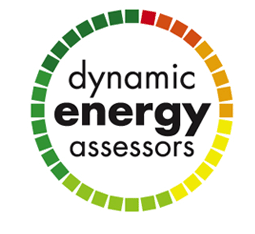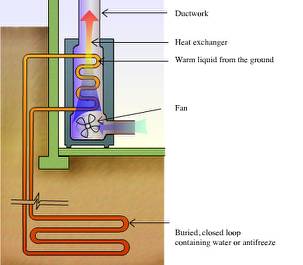Fabric Energy Efficiency standard for new dwellings
Latest entries from the Blog:
- BREEAM Very Good for development in London Borough of Southwark, SE5
- Energy Strategy for a 27 unit change of use in Lewisham
- Energy Strategy Statement for 59 dwellings in Slough
- 50 unit new housing project in Harwich
- BREEAM Very Good and supporting expertise in Ealing, W5
- Carbon Life Cycle Analysis for London Borough of Richmond-upon-Thames
- New building to meet code level 3 in Wandsworth
- Successful planning permission for Orangery in Buckingham
- Planning challenges in Kensington & Chelsea
- Planning permission for glazed extension in Tring
- Local Authority regulations met for new Conservatory in Aylesbury
- Dynamic Energy Assessors provide multiple SAP calculations for client near Redhill
On one level, wherever the FEES level is set is academic, because the target carbon reduction will have to be met whether builders chose to do this by improving the fabric or by installing other carbon reduction measures such as photovoltaics. It should be noted that it is recognised that certain build types will be harder to achieve a FEES than others.
The units used for FEES are kWh/m2/yr. It represents the heating demand of a home taking into account fabric insulation, air permeability and thermal bridging. The figure is already in use in the Code for Sustainable Homes. The 2016 level are expected to be maximums of 39 kWh/m²/yr for apartments and mid-terrace houses and 46 kWh/m²/yr for semi-detached, end of terrace and detached houses.
The government prefers to set intermediate FEES maximums at 43/52 kWh/m2/yr (depending on home type). Housebuilders are free to build to better standards in order to achieve the carbon compliance, but the rationale for setting a higher, but less demanding FEES is explored in the consultation. They argue that for some properties, e.g. off-gas properties, achieving the lower, more demanding FEES will go most of the way to achieving the carbon compliance levels.
There will only be a small amount of carbon reduction to achieve. One of the cheaper options will be to install a technology such as ground source heat pumps. As the heat pumps are a finite size, the added carbon reduction will ”overshoot” the carbon reduction compliance target. In other words too much carbon would be saved. Again, it remains to be seen if respondents believe this logic is reasonable.
The consultation also addresses the fuel factor used to set the variable target in current building regulations. No preference is expressed, presumably because the fuel factor will not feature at all in the 2016 regulations, so whatever decision is reached will only be short lived. It is recognised that preserving the fuel factor at its current level, some types of property may not attain any reduction in carbon reductions compared to 2010 regulations. On the other hand removal of the fuel factor may mean an extra cost of up to £4,992 per unit to achieve carbon reduction targets.
Compliance for new dwellings
Part of the consultation revolves around the quality of compliance with new targets. The Government is keen to hear views on how this can be introduced. Suggestions include a quality assurance scheme to be introduced. Those who are accredited to the quality assurance scheme will be able to use as built figures in their SAP calculations. Those not accredited will have to include a margin of error in their SAP calculations which is an element of over design, to ensure that the as built home meets the modeled emissions rates.
One of the more interesting proposals is the proposal that the quality assurance scheme should include an element of post construction testing and co-heating tests. These tests are more onerous but provide far more detail on how homes perform.





Leave a Reply